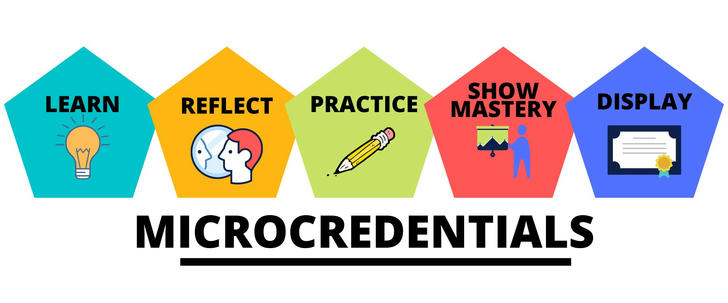Micro Credentials How They Unlock Career Opportunities
In a rapidly evolving job market, professionals and career changers seek targeted learning pathways that deliver relevant skills without the time and cost commitment of full degrees. Micro credentials offer concise, focused certifications or badges that validate mastery in specific competencies such as data analysis, digital marketing, or project management. This guide examines how micro credentials can accelerate career trajectories, the types available, and strategies for selecting the right credential to match your goals.

Understanding Micro Credentials
Micro credentials are short programs, often delivered by universities, professional associations, or online platforms. They typically range from a few hours to several weeks of study and conclude with a digital badge or certificate. These credentials are designed to be stackable, allowing learners to combine multiple badges into a larger qualification or pathway.
Common formats include:
- Digital badges signifying completion of a specific skill module
- Professional certificates after mastering an applied technology or methodology
- Nanodegrees or microdegrees offered by technology companies and educational partners
The flexibility and focus of micro credentials enable learners to address skill gaps, meet employer demands, and demonstrate commitment to continuous learning.
Types of Micro Credentials in 2025 Job Market
Employers across industries prioritize credentials aligned with emerging technologies and process improvements. Popular micro credentials include:
Data Analytics Fundamentals
- Hands‑on training in spreadsheet manipulation, data visualization, and basic statistical analysis
Cloud Computing Essentials
- Core concepts of cloud infrastructure, deployment models, and security considerations
UX Design Skill Badge
- User research methods, wireframing workflows, and usability testing techniques
Agile Project Management Certificate
- Principles of agile, sprint planning, and Scrum master roles
Providers such as Coursera, edX, LinkedIn Learning, and industry associations frequently update their offerings to reflect evolving job requirements.

Benefits of Earning Micro Credentials
Micro credentials offer several advantages over traditional education pathways:
- Efficiency: complete training in weeks rather than years
- Cost-effectiveness: lower tuition fees and minimal materials costs
- Relevance: curriculum co‑developed with industry partners to address current demands
- Visibility: digital badges can be shared on professional profiles and résumés to highlight up‑to‑date skills
For hiring managers, micro credentials provide quick validation of a candidate's proficiency in targeted areas, reducing time spent on screening and training.
Selecting the Right Micro Credential
To choose a credential that aligns with your career objectives, follow these steps:
- Identify skill gaps by reviewing job postings in your field
- Research recognized providers and accreditation or industry partnerships
- Evaluate program length, curriculum depth, and assessment methods
- Confirm employer recognition and potential for stacking into larger credentials
Seek credentials that include practical projects, real‑world case studies, and mentorship components to ensure you can apply new skills immediately on the job.
Mapping Credential Paths to Career Growth
Micro credentials can serve as building blocks toward advanced roles. For example:
- Completing a data analytics badge followed by a machine learning microdegree can lead to data scientist positions
- An agile certificate combined with leadership training badges can position you for project management roles with increased responsibility
Many institutions now offer pathways to credit if you later pursue associate or bachelor’s degrees, ensuring micro credentials contribute toward traditional academic progress.
Investing Time and Money
Program costs vary widely, from free modules to certifications priced at several hundred dollars. Time investments range from 20 to 80 hours, depending on the complexity of the credential.
Consider these factors when budgeting:
- Platform subscription fees versus one‑time course purchases
- Availability of employer tuition reimbursement or grant options
- Time management strategies to balance work and learning commitments
Tips for Maximizing Value
- Engage in online communities and discussion forums to network with peers and mentors
- Complete all hands‑on projects and add them to a digital portfolio
- Request letter of recommendation or endorsement from course instructors
- Update your LinkedIn profile and résumé immediately upon credential completion
FAQs
Can micro credentials replace degrees? Micro credentials complement traditional degrees but may not fully substitute for roles requiring comprehensive academic backgrounds. They excel as targeted skill validations.
How do employers verify credentials? Digital badges often include verification links to credentialing platform records. Recruiters can click badges to confirm completion dates and assessment scores.
Are micro credentials recognized globally? Recognition depends on provider reputation and industry acceptance. International platforms with broad enterprise partnerships tend to carry more weight across regions.
Conclusion
Micro credentials provide a nimble, cost‑effective method for professionals to keep pace with technological advances and shifting workplace demands. By strategically selecting and stacking credentials, you can chart a clear path toward career advancement, demonstrate expertise to employers, and future‑proof your skillset in an ever‑competitive job market.

